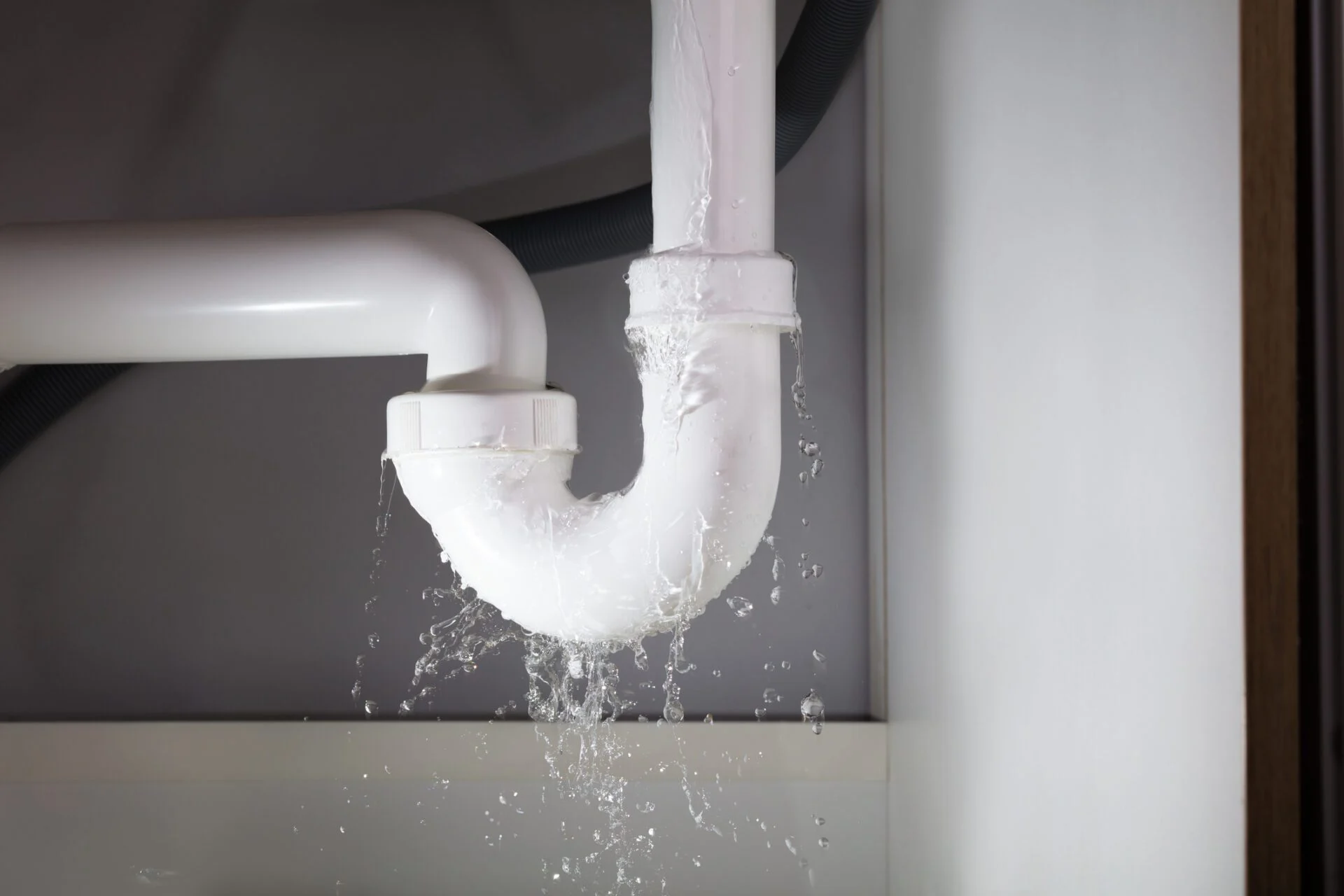When it comes to building a new home, one of the critical aspects that homeowners and real estate developers need to consider is sizing water pipes for new home. Ensuring that the water pipes are the right size is essential for maintaining a consistent water flow and avoiding potential plumbing issues in the future. Proper water pipe sizing will guarantee that every tap in your home delivers water efficiently and effectively, allowing for a seamless experience in daily activities.
Many people overlook the importance of pipe sizing until they face low water pressure or other plumbing problems. That’s why it’s crucial to understand the factors that influence the appropriate size of water pipes for your new home. By doing so, you can avoid costly repairs and enjoy a well-functioning plumbing system.

Understanding Water Pressure and Flow Rates
The first step in sizing water pipes is understanding the relationship between water pressure and flow rates. Water pressure is the force that pushes water through pipes, while flow rate is the volume of water that moves through the pipes over a specific period. Both of these factors are crucial for determining the right pipe size for your home.
High water pressure can cause damage to pipes and fixtures, while low pressure can lead to inadequate water flow. Therefore, it’s essential to achieve a balance between the two. Typically, residential water pressure should range between 40 to 60 psi (pounds per square inch).
Factors Influencing Pipe Sizing
Several factors influence the appropriate size of water pipes in a new home. These include:
- Number of fixtures: The more fixtures (sinks, showers, toilets, etc.) you have, the larger the pipes need to be to ensure adequate water flow.
- Distance from the water source: Longer distances require larger pipes to maintain pressure and flow.
- Elevation changes: If your home has multiple floors, consider the elevation change, as it affects water pressure.
- Local building codes: Always check your local building codes, which may specify minimum pipe sizes for residential properties.
Choosing the Right Pipe Material
Once you understand the factors affecting pipe sizing, choosing the right pipe material is the next step. Each material has its pros and cons, impacting both the size and cost of the pipes.
Copper Pipes
Copper pipes are durable and resistant to corrosion, making them a popular choice for plumbing. They can withstand high temperatures and pressures, which is ideal for water supply lines. However, copper can be more expensive than other materials.
PEX Pipes
PEX pipes are flexible, easy to install, and cost-effective. They are resistant to scale and chlorine, making them suitable for water supply lines. PEX is also less prone to bursting in freezing temperatures compared to rigid pipes.
PVC Pipes
PVC pipes are lightweight and easy to work with, making them a common choice for drain lines. However, they are not suitable for hot water lines as they can warp or degrade under high temperatures.
Calculating Pipe Size for Your Home
To calculate the right pipe size for your home, you’ll need to consider the water demand and pressure drop. Using a pipe sizing chart or calculator can help in determining the appropriate diameter for your pipes.
For example, if you have a home with multiple bathrooms, a kitchen, and a laundry room, you’ll need pipes that can handle the combined water flow from all these fixtures. A professional plumber can assist with these calculations to ensure that your system is efficient and meets your household’s needs.
Common Mistakes in Pipe Sizing
Some common mistakes homeowners make when sizing water pipes include:
- Choosing pipes that are too small, leading to low water pressure.
- Using the wrong material for specific applications, such as using PVC for hot water lines.
- Ignoring local building codes, which can result in non-compliance issues.
Benefits of Proper Pipe Sizing
Ensuring that your water pipes are the correct size offers numerous benefits, such as:
- Consistent water pressure throughout the home.
- Reduced risk of leaks and bursts.
- Improved water efficiency, leading to lower utility bills.
- Compliance with local building regulations.
Working with Professional Plumbers
While it’s possible to estimate pipe sizes yourself, working with a professional plumber ensures accuracy and compliance with local codes. A professional will have the experience to determine the best size and material for your home’s plumbing system. This expertise can save you time, money, and stress in the long run.
For more insights on planning plumbing in a new home, you might find this external resource helpful.
Internal Plumbing Considerations
Your home’s internal plumbing system is another critical aspect to consider. Ensure that all fixtures are appropriately connected and that the plumbing network is designed to handle peak water demand. For tips on installing new plumbing fixtures, you can refer to our article on smart plumbing fixtures.
Eco-Friendly Plumbing Solutions
In today’s environmentally conscious world, eco-friendly plumbing solutions are gaining popularity. These include low-flow fixtures, rainwater harvesting systems, and energy-efficient water heaters. Such solutions not only conserve water but also reduce your home’s environmental footprint. Explore more about eco-friendly plumbing fixtures on our website.
Conclusion
In conclusion, sizing water pipes for your new home is a crucial step in ensuring a reliable and efficient plumbing system. By taking into account factors like water pressure, pipe material, and local building codes, you can avoid common pitfalls and enjoy a seamless water supply. Remember, consulting with a professional plumber can provide valuable insights and peace of mind.

FAQs
What is the recommended water pressure for a residential home?
The recommended water pressure for a residential home typically ranges between 40 to 60 psi. This ensures adequate flow while minimizing the risk of pipe damage.
Can I install water pipes myself?
While installing water pipes is possible for those with plumbing knowledge, it is often best to hire a professional plumber. They ensure proper installation, compliance with local codes, and can handle unexpected challenges.
What is the most durable pipe material?
Copper is considered one of the most durable pipe materials due to its resistance to corrosion and high temperatures. However, the best choice depends on specific needs and budget.
This article contains affiliate links. We may earn a commission at no extra cost to you.




